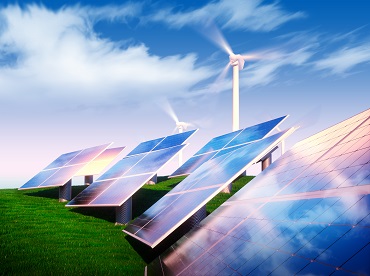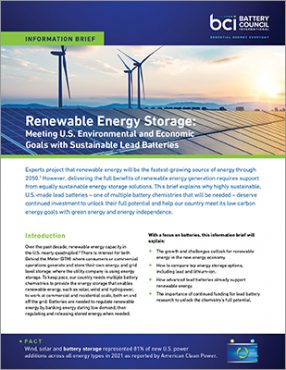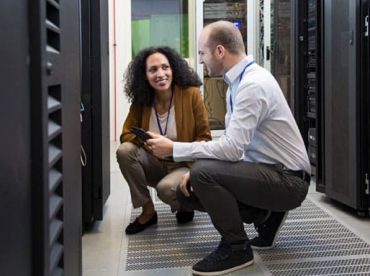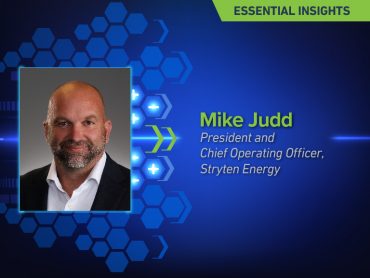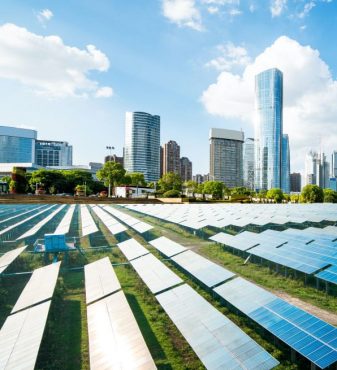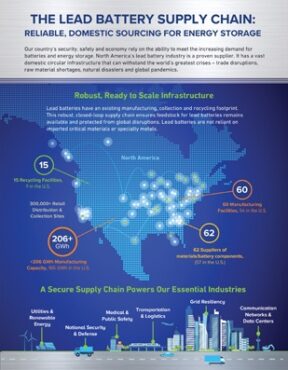
The following post is authored by John Barton, a member of Forbes Technology Council and CEO of Gridtential Energy, Inc., headquartered in Silicon Valley, California. Gridtential received the 2018 Sally Breidegam Miksiewicz Innovation Award, presented by Battery Council International, for its Silicon Joule® battery architecture. This article is reprinted from Forbes Online with permission from Forbes, copyright 2022.
The recently passed Inflation Reduction Act (IRA) is a landmark piece of legislation, but its name is a bit of a red herring. The $369 billion bill has more to do with reducing carbon emissions than lowering the CPI. In fact, 75% of the spending in the bill is dedicated to slowing climate change and developing alternative sources of energy.
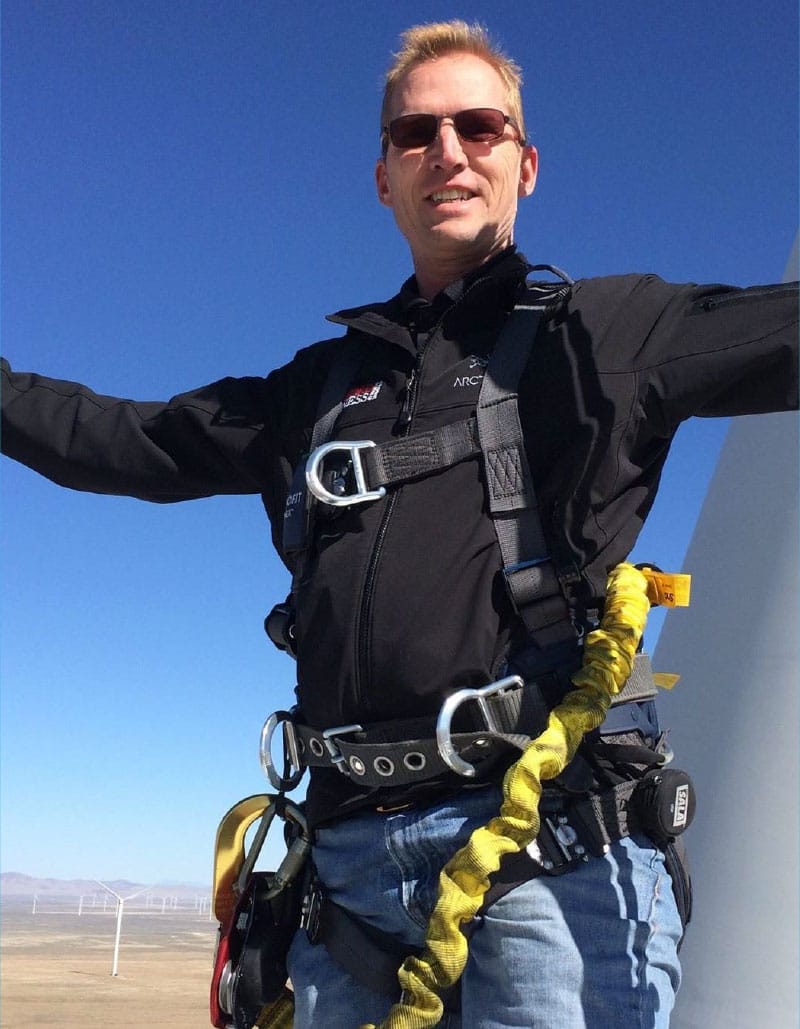
Among the bill’s provisions are billions of dollars earmarked for battery manufacturing and development. There’s a good reason for that. To wean the U.S.—and the world—off fossil fuels, we’ll need better ways to store the energy from solar panels and wind turbines for when the sun doesn’t shine and the wind doesn’t blow.
Most people understand the importance of batteries to electric vehicles. But there is another use case for batteries that may prove just as transformative, and just as important, for the environment. It is what is known as an “energy storage system,” or ESS.
ESS systems are essentially large battery packs capable of capturing and distributing power to homes, businesses or industrial buildings. They range from utility-scale installations the size of three football fields to home setups the size of a refrigerator (the Tesla Powerwall is a well-known example).
In household or commercial installations, an ESS system is often attached to solar panels that generate electricity throughout the day. In remote rural environments, homeowners might power their house with solar when the sun is up, while charging an ESS to take them through the night.
In urban and suburban settings, an ESS is usually connected to rooftop solar and the utility grid. In this scenario, energy generated on-site can be used as a backup power supply in blackout-prone areas like California. It can be sold to local utilities. It can also be used for “time shifting,” where a structure automatically draws power from its ESS when electricity prices are high—and from the grid when prices are low.
Time shifting not only saves money, but it also reduces the overall demand for fossil fuels. During the day, California often generates excess solar capacity that is sometimes shipped to other areas at cut-rate prices. When the sun goes down, California’s solar panels go offline and its energy mix shifts to natural gas while sustainable technologies like wind turbines pick up only part of the slack.
If ESS systems became widespread, homes and commercial buildings could draw on cheap utility power—much of it solar—in the non-prime daytime hours and then switch to stored solar power in their ESS at night and during peak “shoulder” hours when people come back from work. If the local utility stored excess solar (or wind, or geothermal) energy in an ESS during the day, it could even supply customers with clean power at night.
The new Moss Landing battery station near Monterey, California, generates enough power to supply hundreds of thousands of local homes. Over time, “smart grid” technology could unify household ESS systems and utility power sources into an intelligent, distributed grid that routed clean energy from point to point as needed.
If the price of power rose past a certain point, homeowners’ ESS systems could automatically switch to battery power to reduce home energy costs. A smart grid could also coordinate with EV charging stations to provide the cheapest stored power at the lowest cost. Eventually, it could draw energy from plugged-in electric vehicles during the early evening when demand is high, recharging them later when demand is low. It could even store excess solar electricity in home and business ESS systems connected to the grid.
This future is closer than it might seem. Solar panels already generate power at a lower cost than oil or natural gas, and the IRA’s subsidies for solar panel manufacturing will reduce the cost even further. For the first time, the IRA provides tax credits for standalone ESS batteries. It also extends existing tax credits for installation, which should encourage household ESS adoption.
But challenges remain. Supply chain issues are driving up the costs of lithium and other common ESS battery materials. Even with new mining operations, supply won’t be able to keep up with surging demand from the EV industry. Scarcity issues aside, lithium-ion is hard to recycle and prone to overheat, increasing the risk of fire.
Manufacturers are racing to supply alternatives. A suitable ESS battery would need to be inexpensive, long-lived, environmentally friendly and made from common materials, with high capacity and a long lifespan. So-called metal-air batteries look promising for grid-scale systems, generating power from cheap, rusty materials. Silicon batteries, meanwhile, are based on familiar household lead-battery technology, using treated silicon wafers like those in solar panels to reduce weight and provide more efficient electrical flow as well as longer lifetimes.
Whatever the solution, the benefits will extend far beyond the United States. In developing economies, billions of people already rely on backup battery systems or have no access to electricity at all. More capable, more affordable ESS systems could become a cornerstone of development in emerging economies where the infrastructure for generating and transmitting power is still taking shape.
A world with widely deployed residential ESS would be a world of abundance. It would give developing countries room to thrive while helping high-energy users in developed nations replace dirty fossil fuels with cleaner and less expensive renewable energy. It’s a world we could all look forward to living in.
Forbes Technology Council is an invitation-only community for world-class CIOs, CTOs and technology executives.

